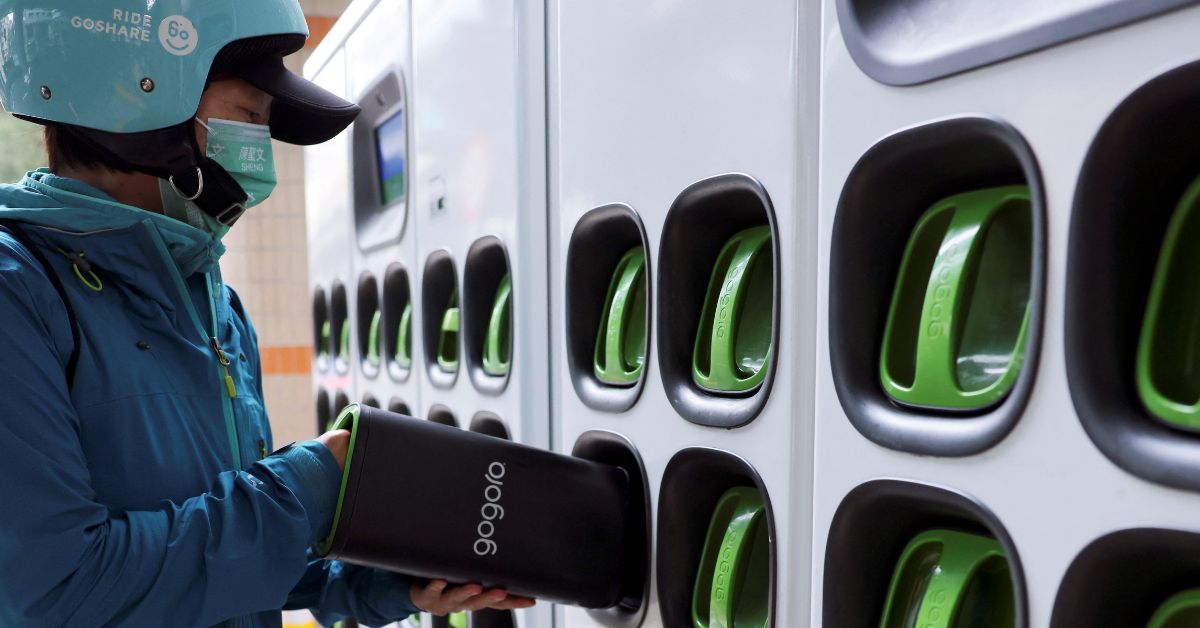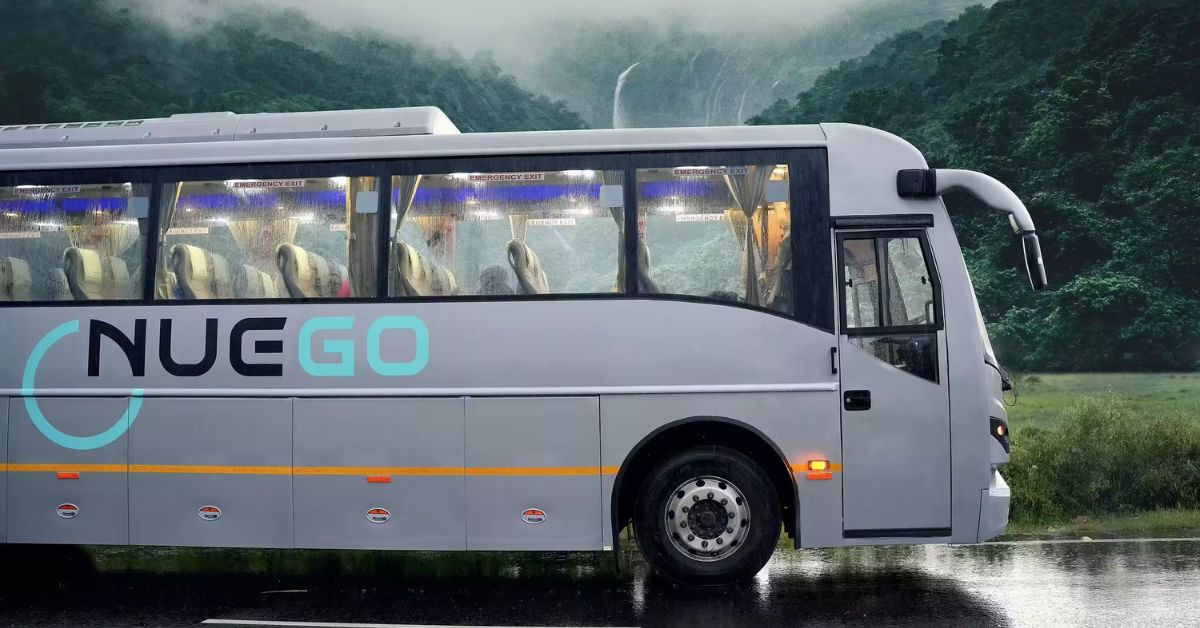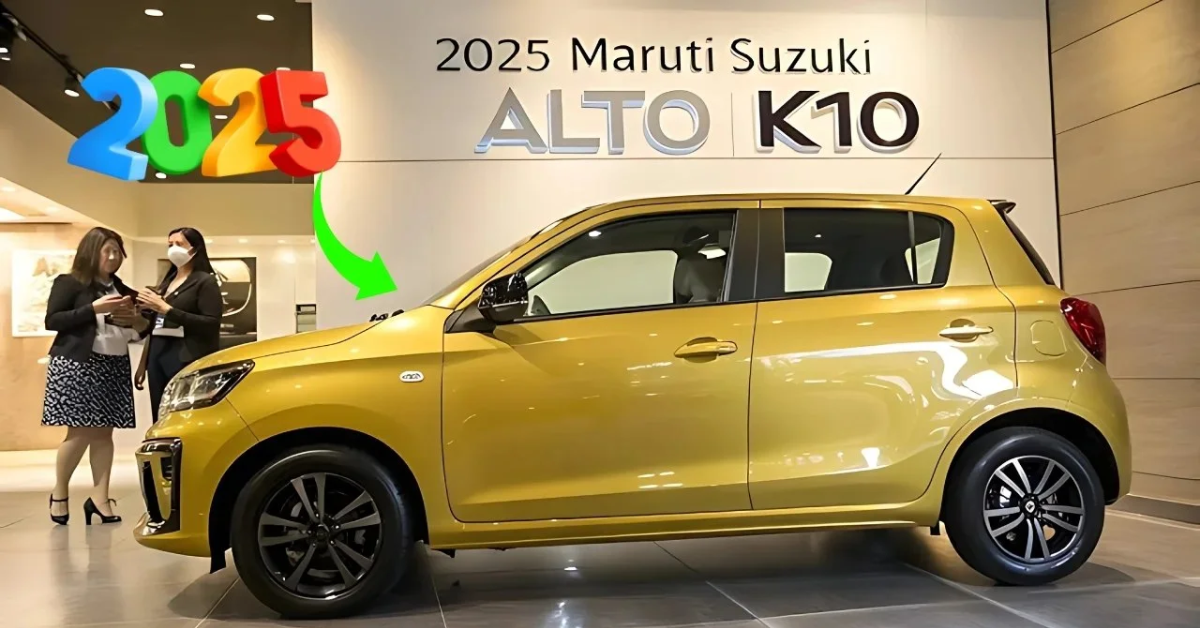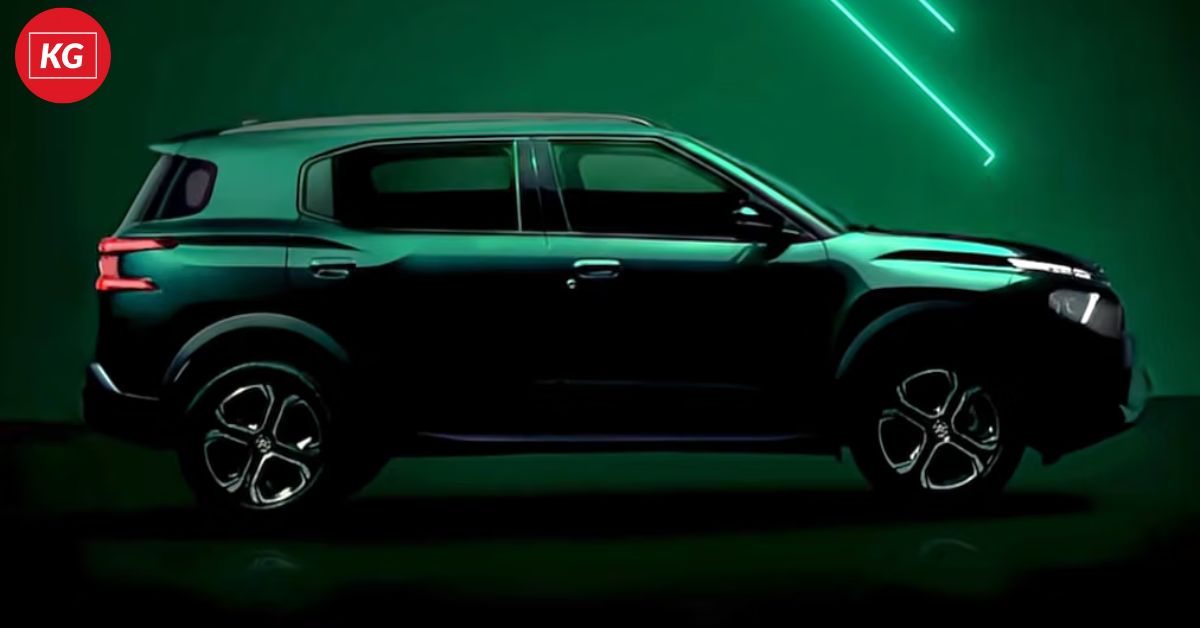Kenya is rapidly emerging as a leader in Africa’s electric mobility transition, with battery swapping technology playing a pivotal role in reshaping urban and intercity transport. From electric motorcycles to buses, the country is embracing innovative solutions that reduce emissions, lower costs, and accelerate adoption of clean energy vehicles.
⚡ What Is Battery Swapping?
Battery swapping allows electric vehicle (EV) users to replace a depleted battery with a fully charged one at designated stations, rather than waiting for a recharge. This model is especially effective for high-usage vehicles like motorcycles, tuk-tuks, and public transport fleets, where downtime can be costly.
In Kenya, battery swapping stations—known as Battery Swapping Stations (BSS)—are now being deployed across major cities, offering fast, affordable, and scalable energy access for EVs.
🛵 Two-Wheelers Lead the Charge
Kenya’s electric mobility boom is being driven by the motorcycle sector, which accounts for a significant portion of urban transport. Companies like Roam, Ampersand, and Ecobodaa have introduced electric motorcycles with swappable batteries, allowing riders to exchange batteries in under two minutes.
This model has proven popular among boda boda (motorcycle taxi) operators, who benefit from:
- Lower operating costs compared to petrol bikes
- Reduced maintenance
- No need for home charging infrastructure
- Predictable energy pricing
With over 1.5 million motorcycles registered in Kenya, the potential for electrification through battery swapping is enormous.
🚌 Public Transport Gets a Green Makeover
Battery swapping is also making inroads into public transport, particularly with electric buses. Nairobi-based startup BasiGo has launched electric buses that utilize battery-as-a-service (BaaS), allowing operators to pay per kilometer while accessing swappable battery packs.
This model helps overcome the high upfront cost of EVs and ensures consistent performance without long charging delays. BasiGo’s buses are already operating on routes in Nairobi and Kisumu, with plans to expand nationwide.
🏗️ Infrastructure and Policy Support
Kenya’s government is actively supporting the battery swapping ecosystem. The Energy and Petroleum Regulatory Authority (EPRA) released guidelines in 2025 to standardize EV charging and swapping infrastructure. These guidelines define technical standards, safety protocols, and licensing requirements for operators.
Additionally, the Electric Mobility Association of Kenya (EMAK) has proposed reforms to reduce import duties on lithium-ion batteries and components, making it easier for startups to scale.
🌍 Environmental and Economic Impact
Battery swapping contributes to Kenya’s climate goals by:
- Reducing CO₂ emissions from transport
- Improving air quality in urban centers
- Lowering noise pollution
Economically, it creates jobs in manufacturing, logistics, and tech services. It also empowers informal transport workers by reducing fuel dependency and increasing profit margins.
🔋 Challenges and Opportunities
Despite its promise, battery swapping faces hurdles:
- Standardization: Different vehicle models require compatible battery formats.
- Initial investment: Setting up stations and logistics networks is capital-intensive.
- Consumer awareness: Many riders are unfamiliar with EVs and need education.
However, these challenges are being addressed through partnerships, pilot programs, and government incentives. The growing demand for clean transport and Kenya’s tech-savvy population make it an ideal market for innovation.
🚀 What’s Next?
Kenya’s battery swapping sector is poised for rapid growth. Future developments may include:
- AI-powered battery management systems
- Integration with mobile payment platforms
- Expansion to rural areas and intercity routes
- Cross-border EV corridors with neighboring countries
As Kenya continues to lead Africa’s green mobility revolution, battery swapping will remain a cornerstone of its strategy—offering speed, sustainability, and scalability.











Leave a Reply